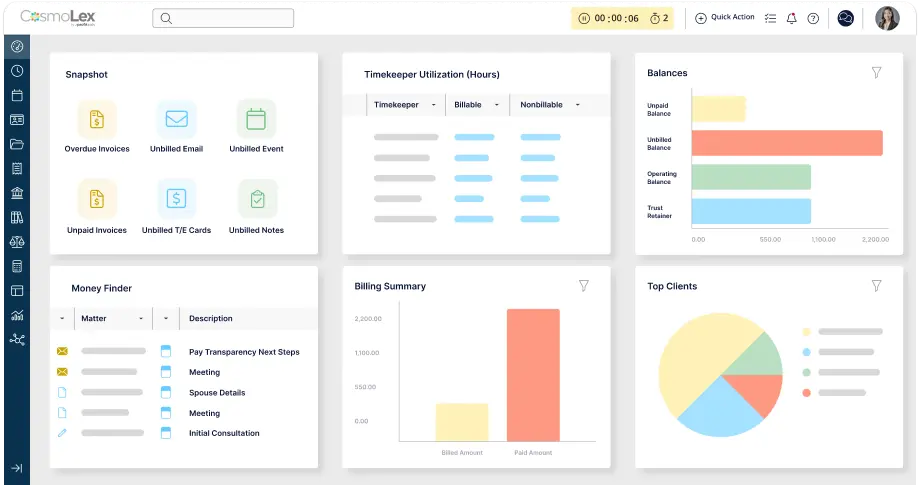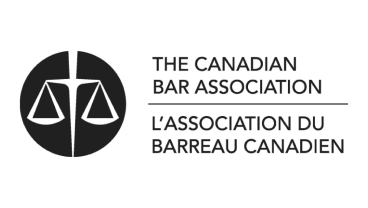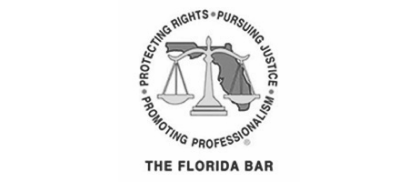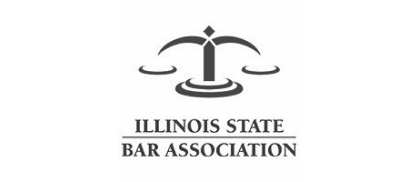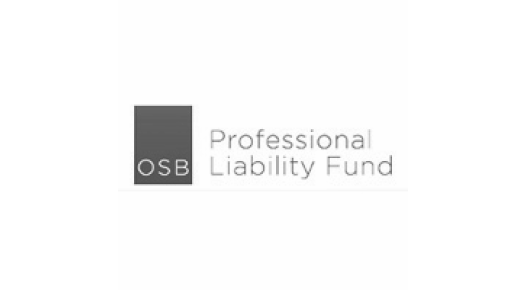Simplify your practice with one tool.
CosmoLex is the #1 end-to-end practice management platform for lawyers. Trusted by law firms for secure, dependable, and comprehensive legal practice management.

Streamline your legal workflow with our comprehensive legal practice software.
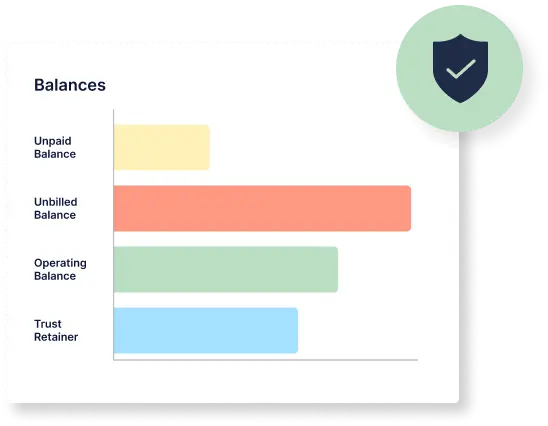
Matter-centric by design.
The only fully built-in matter management and firm accounting solution for small and mid-sized law firms.
Cloud & Browser-Based
Time Saved with Workflows
Reporting Options

Legal practice management software is a specialized tool designed to help law firms streamline their operations, manage client information, and ensure efficient case management. This software integrates various functions such as document management, billing, time tracking, task management, and client communication in an end-to-end platform.
By consolidating tasks, calendars, email, and billing in one platform, you reduce administrative overhead and improve operations. This means that law firms can take on more billable work, without the hassle of manual processes. Learn more about how CosmoLex increases productivity on our Law Practice Management page.
When selecting the best software for your law firm, you should expect to find key features that address various aspects of law firm management. Look for software, like CosmoLex, that includes integrated document management, trust accounting, time tracking, and secure client portals that allow seamless collaboration.
CosmoLex stands out from other legal practice management solutions by offering a unique combination of features specifically designed to meet the needs of law firms. It is an end-to-end cloud-based platform that integrates practice management, billing, accounting, and trust accounting in a way that is seamless, secure, and user-friendly. CosmoLex offers built-in trust accounting so you can manage funds securely without needing third-party software like QuickBooks.
You can start a free trial to see how CosmoLex’s legal practice management software can transform your law firm. Looking to get a personalized walk-through? Book a CosmoLex demo now!
Yes. We invite you to try our legal practice management software for free. Click here to register for a free CosmoLex trial.
Yes. CosmoLex integrates with popular tools like Google Calendar and Microsoft Outlook, as well as other popular legal business services. View our integrations page for more information on what common tools CosmoLex can integrate with.
Our dedicated in-house team provides free onboarding, training, and ongoing support. We are dedicated to providing white-glove service through the law firm’s subscription. Don’t take our word for it, read case studies from CosmoLex customers here.
CosmoLex’s end-to-end platform is designed to meet industry regulations, with built-in audit trails and document management features that support compliance. View our Compliance page for more information.
Yes, we offer flexible subscriptions with no long-term contracts.
CosmoLex offers an end-to-end solution with predictable pricing—eliminating extra fees for support or upgrades. Learn more on our Compare CosmoLex page.
Simplify your practice with one tool.
